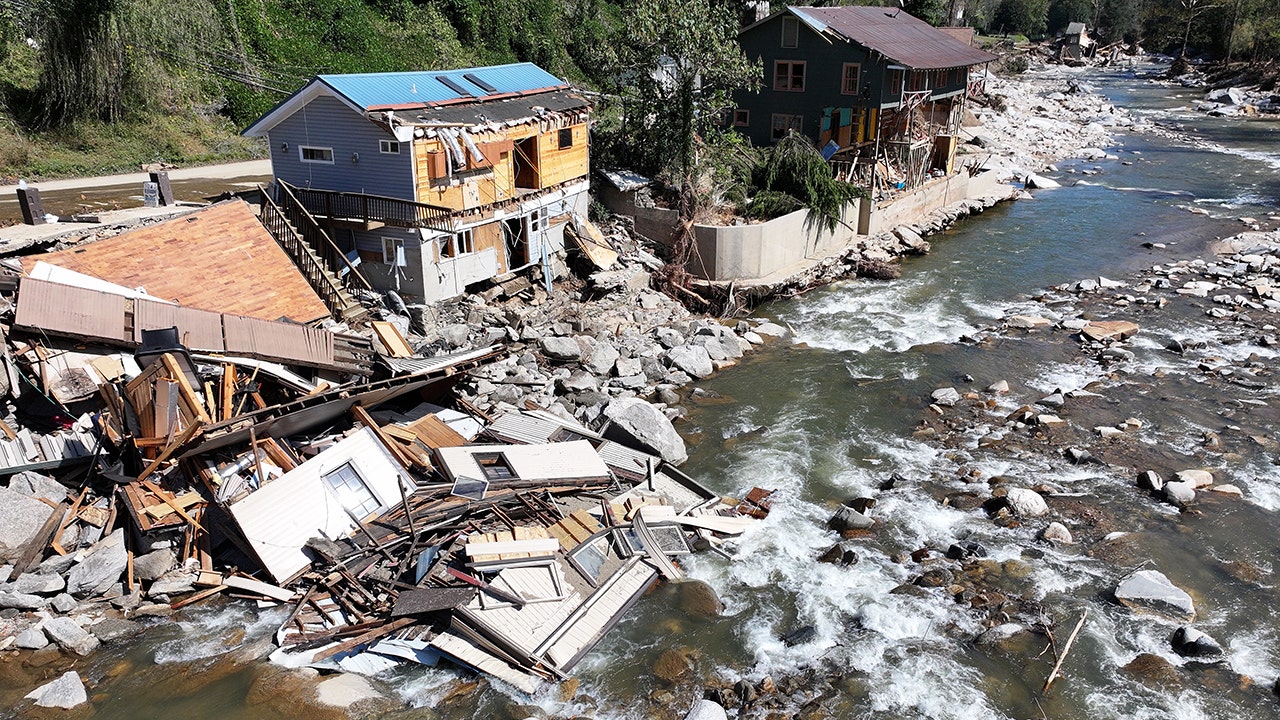
As a research scholar at the Indian Institute for Science Education and Research, I once monitored birds that inhabited tall wet grasslands in Daying Ering Memorial Wildlife Sanctuary, a protected area in Northeast India. This habitat forms a part of one of the most biodiverse places on Earth. Yet despite their ecological importance and uniqueness, most grasslands are classified by the Indian government as “wastelands.” I wondered why this was, as I stood on the deck of a governmental outpost, watching a critically endangered Bengal florican—a bird native to South Asian grasslands—perform its mating display of short jumps with its thick neck pouch extended.
Ecosystems throughout the world are reeling from the effects of unchecked habitat loss and climate change. While all types of ecosystems—forests, grasslands, oceans, wetlands and deserts—feel these effects, there is evidence of bias towards the research and conservation of forest biodiversity. These landscapes have been prized for their economic value since the colonial era. However, this bias hurts the preservation of other ecosystems, including the grasslands that make up 24 percent of the Indian landmass. These grasslands harbor immense biodiversity and support the livelihoods of millions of people, yet are defined in India by their value in being converted into forests for climate mitigation. It is time for India, and other countries with grasslands, to hold the ecological and social value of these ecosystems above their economic value. Trees can only do so much to save us and our climate, and the biodiversity within the tall grasses and wide plains of this planet deserve our attention and protection.
To understand how grasslands became “wastelands,” we need to understand how British colonists valued the high-quality timber of India’s forests. They harvested trees for construction, laying railway lines in India, and shipbuilding, all of which supported Britain’s economic expansion and war efforts. The British also undertook plantation operations to maintain the supply of timber. This led to the formation of the Imperial Forest Service, whose main mandate was to aid in British silviculture. At the same time, the British government created the baze zamin daftar (wasteland department) to map and control areas, like grasslands, that they deemed economically useless.
The forest service also called grasslands “degraded forest,” because they believed these more open swaths of land could have held forests but for what they called the “destructive” practices of the Indigenous and pastoral communities living there. Both these designations ultimately motivated the conversion (or “restoration”) of grassland habitats into forested landscapes, as we show in a recently published paper that critically analyzes grassland conservation policies in India. This also ushered in the displacement of Indigenous and pastoral communities that depended on grasslands for livelihood. Colonial authorities criminalized (through regressive acts like the Criminal Tribes Act of 1871) communities and unjustly denied them any control over these “wastelands.” The colonial government was particularly wary of pastoral or “wandering” communities and invoked the Criminal Tribes Act to penalize them for activities that included grazing of livestock—an important mechanism to maintain grassland habitats. As Atul Joshi and colleagues report in their paper on the colonial impact of forestry on the high-altitude shola grasslands, colonial officers also began converting such grasslands into fuelwood plantations of Acacia and Eucalyptus to supply to settlers, while prohibiting Indigenous communities from using them for firewood.
As forests are ecologically complex, so are grasslands. They range from the dry and semiarid grasslands of Central and Western India, to wet grasslands on riverbanks of the Himalayas, to high-altitude grasslands in the Western Ghats and cold desert grasslands in North India. These lands also have deep cultural significance based on their role in pastoralism or fire practices. Yet, the historical framing of grasslands—and indeed other non-forested ecosystems—as “wastelands” continues to hamper preservation efforts.
Whereas colonial officers had economic motivations for converting grasslands, today governments worldwide are banking on forests and foresting to mitigate climate change. To this end, there are global efforts to map potential areas for afforestation initiatives, but these efforts often identify grassland ecosystems as good candidates for afforestation, threatening more than one million square kilometers of grasslands in Africa, for example. In India, we find something similar: large areas of grasslands earmarked for large-scale afforestation activities.
Yet, grasslands could be equally good—if not better—at storing carbon. Apart from being costly and flawed, a carbon sequestration-based strategy also neglects the ecological and social value of grasslands by converting them to monoculture forests, which do not provide the same ecological benefits.
India and other countries with substantial grasslands need to recognize, support and prioritize evidence-based scientific endeavors that focus on grasslands by establishing long-term monitoring plots and grassland-specific restoration efforts, as well as by mapping their extent and the ecosystem services they provide to humans. In an era where environmental justice is at the forefront of conservation discourse, the time is ripe for abandoning colonial labelings like “wasteland” that have led to violence against people of marginalized caste and class.
Already, communities like the Todas, the Phasepardhis, and the Idu Mishmi people are protecting grasslands in India through collective action and local stewardship. These roles are also helping them reclaim their dignity and connection with the land. In the spirit of righting wrongs, and with the aim of preserving the richness of nature, governments must restore greater agency and rights to Indigenous, pastoral and marginalized communities to manage grasslands and include their knowledge in grassland restoration. Grasslands are an important feature of an ecologically sound India, one that must be preserved for that value above all others.
This is an opinion and analysis article, and the views expressed by the author or authors are not necessarily those of Scientific American.

























































